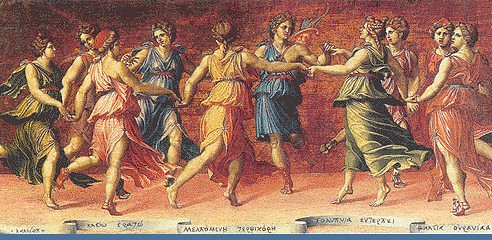 | |||||
| Leda Atomica, Salvador Dali circa 1949 |
The oil on canvas painting by Salvador Dali, Leda Atomica was done in 1949. Leda Atomica is Dali's way of interpreting the Annunciation. Leda plays a mortal woman visited by a metamorphosis god in order that she might bear his child, acts, thereafter, a conduit through which her son's mortal counterparts may regain access to the god that gave them birth. "A figure of intercession , an agent of mediation between rational man and state beyond the rational, she is both the child-woman and woman with child" because she is a virgin, based on the Christian-Catholic divinity belief. Gala, in a sense is a god's muse, and is close to those incarnations of the surrealist muse "Gala is being the supreme example" according to Dali, who owe their pictorial and literary identity to the activity of their men. The muse is the object of "desire, of love and G_d is, famously, love itself", according to Dali's philosophy. Dali's transformation of Mary is the result of love as if he created his love of Gala, like G_d to Mary.
Courtesy of World ClassicGallery
__________________________________________
Okay, now for a maybe,not quiet so analytical (hopefully) summary :
Leda Atomica depicts the Spartan queen Leda, with a swan. Leda is the frontal portrait of Salvador Dali's wife, Gala, who is seated on a pedestal with a swan suspended behind and to the left of her. Different objects such as a set square, a book, two stepping stools and an egg float around the main figure. In the background on both sides of Cap Norfeu ( cape on the south-eastern end of the Catalonia region of Spain) .
Leda Atomica is housed at the Dali Theatre and Museum in Figueres, Dali's birthplace.









